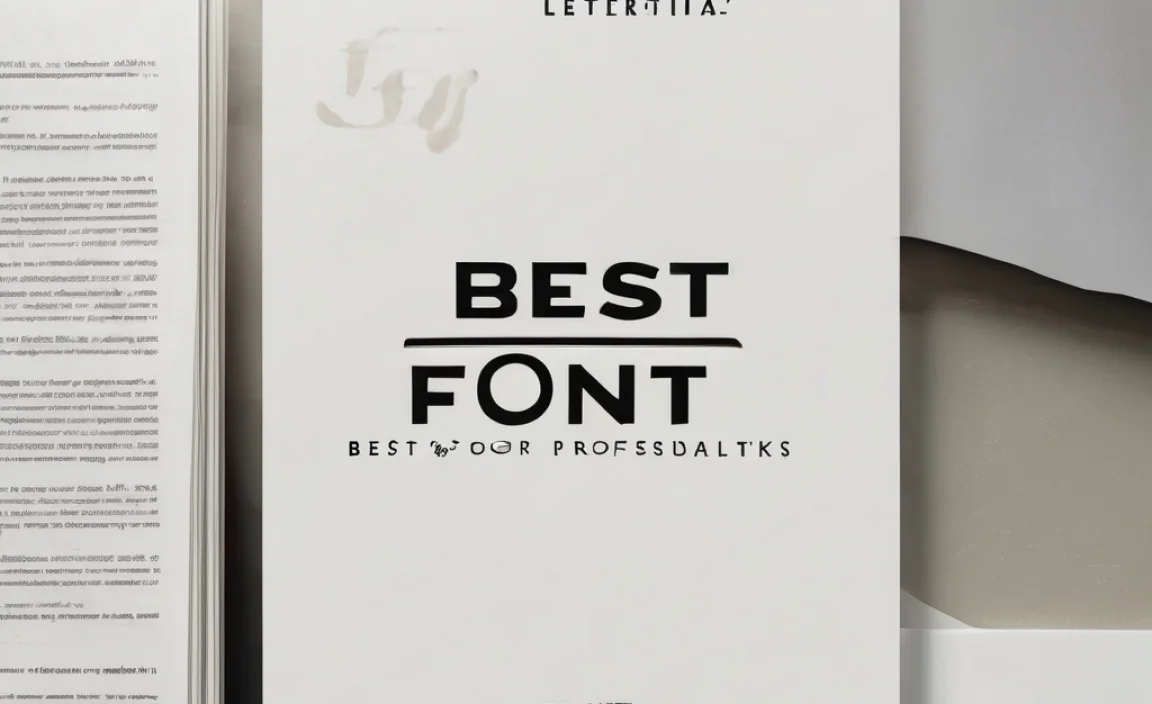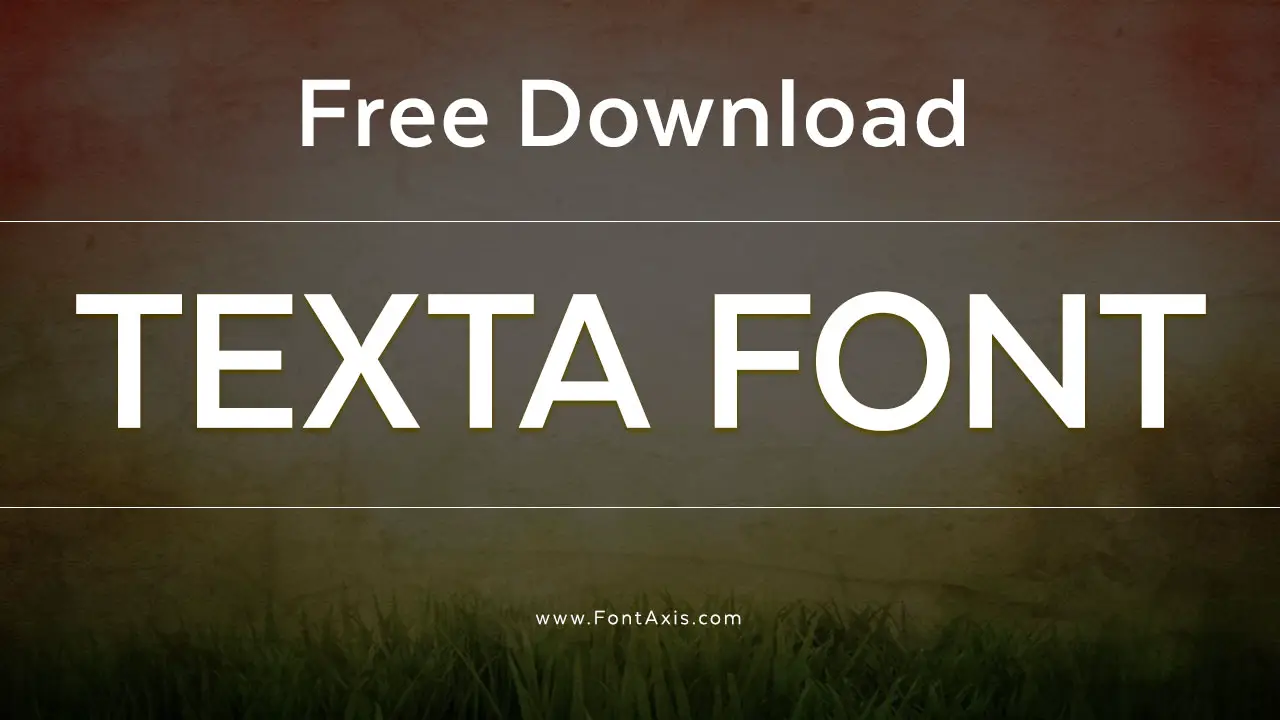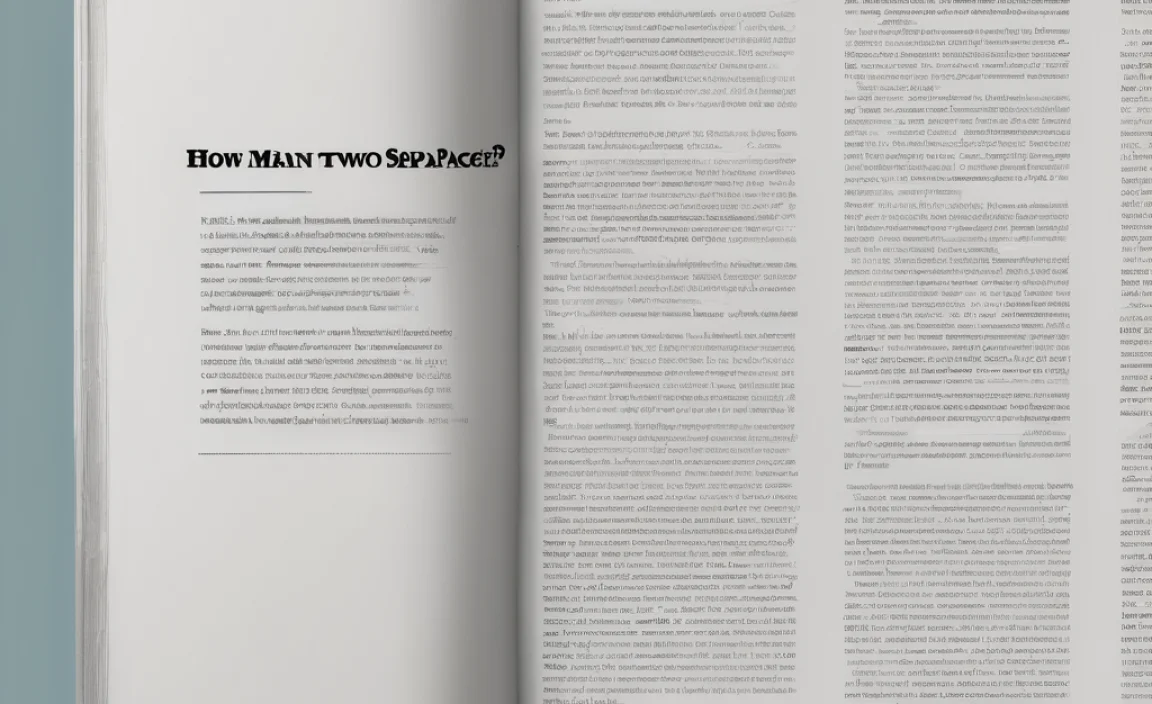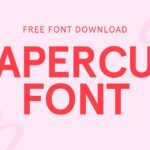In coding, the font you choose can significantly impact your productivity and overall coding experience. A good programming font enhances readability, minimizes eye strain, and supports your coding workflow, making it essential to select the right one. Let’s see some of the best fonts for coding, focusing on different types like monospaced fonts, programming ligatures, and more.
1. Fira Code: A Developer’s Favorite
Font Family Features:
Fira Code is a monospaced font designed with programmers in mind. It comes with coding ligatures that merge common programming symbols into single, easy-to-read characters, improving readability. The font family offers several weights (Regular, Light, Bold, etc.), making it versatile for various coding environments.
Best Uses:
Fira Code is widely popular in text editors like VS Code and Visual Studio. Its ligatures make it a great choice for developers working on complex code, as it reduces clutter and aids in easier code comprehension. It’s ideal in modern programming environments, such as web development or software engineering, where readability is key.
Character Details:
- Full Unicode support.
- Clear distinctions between characters like ‘1’, ‘l’, ‘I’, and ‘L’.
- Coding ligatures for operators like
=>,==, and!=, turning them into more readable forms.
2. Source Code Pro: Clean and Professional
Font Family Features:
Source Code Pro is part of the Adobe family of fonts and provides a clean and modern aesthetic. The font family includes different weights such as Regular, Bold, and Light, and supports a wide variety of characters and symbols used in programming. It has a highly legible design that helps reduce strain on the eyes during long coding sessions.
Best Uses:
Source Code Pro is perfect for developers working in environments like VS Code, Sublime Text, or IntelliJ IDEA. It works well for general-purpose coding but especially shines in technical documentation and high-precision development environments.
Character Details:
- Highly readable even in small sizes.
- Full support for Latin characters, punctuation, and mathematical symbols.
- Clean and balanced design with optimized character width for readability.
3. Cascadia Code: A Modern Font with Ligatures
Font Family Features:
Cascadia Code is a modern monospaced font designed specifically for Microsoft’s Visual Studio Code. It includes coding ligatures and a range of weights (from Light to Regular). Its design is clean and sharp, with wide spacing for easy readability.
Best Uses:
Best suited for developers working within Microsoft’s ecosystem, including Visual Studio and VS Code. Its ligatures make it especially useful in software development and complex code reading, helping to make dense code more legible.
Character Details:
- Supports programming ligatures.
- Offers full Unicode support, including extended character sets for different languages.
- Balanced vertical and horizontal spacing for optimal readability.
4. Operator Mono: Stylish and Elegant
Font Family Features:
Operator Mono is a premium monospaced font designed for clarity and style. It has a unique, elegant design with rounded corners and italicized forms. It offers several weights, including Regular, Bold, and Italic. Operator Mono is not free, but its stylish design makes it worth the investment for many developers who prioritize aesthetics in their coding experience.
Best Uses:
Operator Mono is perfect for developers who value aesthetics alongside functionality. It’s popular in both web and app development, especially when using text editors like Sublime Text or Visual Studio Code. It’s ideal for long coding sessions, as its readable, elegant design reduces eye strain.
Character Details:
- Unique italicized characters that add style to your code.
- High legibility due to consistent character widths.
- Includes a wide array of punctuation and special characters.
5. IBM Plex Mono: A Reliable and Readable Font
Font Family Features:
IBM Plex Mono is part of the IBM Plex family and offers a clean, minimalist look that focuses on readability. It comes in multiple weights (Regular, Bold, and Light) and has a highly consistent design. It is widely used in technical environments and offers excellent legibility across devices and screen sizes.
Best Uses:
IBM Plex Mono is a versatile font suitable for general-purpose coding. It’s especially effective in environments where readability and clarity are paramount, such as in IDEs, documentation, or complex data visualization tools.
Character Details:
- Full Unicode support.
- Optimized for easy reading, with clear distinctions between similar characters.
- Supports a wide range of symbols, including those used in programming languages and mathematical operations.
6. Input Mono: A Great Option for Customization
Font Family Features:
Input Mono is a monospaced font designed with customization in mind. It allows users to adjust various characteristics like stroke width, letter spacing, and more. The font family includes regular, bold, and italic versions, as well as coding ligatures, which make the code easier to read.
Best Uses:
Input Mono is ideal for developers who want to customize their font for optimal readability in their coding environment. It’s perfect for developers who work with highly customized code editors and want a personal touch to their font.
Character Details:
- High customizability, with settings for stroke width, letter spacing, and more.
- Coding ligatures for common programming symbols.
- Supports various programming characters, including special symbols and math operators.
7. Vera Sans Mono: A Bitmap Font for Clarity
Font Family Features:
Vera Sans Mono is a bitmap font designed for clarity and ease of reading. It features monospacing, with sharp, clear characters, making it ideal for coding in both terminal applications and code editors. It’s simple and functional, with no frills, focused purely on readability.
Best Uses:
Vera Sans Mono is perfect for terminal-based applications or text-based IDEs where legibility is a priority. It works well for lightweight programming tasks and scripting in text editors that don’t require extensive visual effects.
Character Details:
- Simple, easy-to-read characters.
- Excellent legibility at small sizes.
- Full Unicode support for characters, symbols, and punctuation.
8. Bitstream Vera Sans Mono: A Classic Choice
Font Family Features:
Bitstream Vera Sans Mono is a classic, no-nonsense monospaced font that has been around for many years. It has a clean, simple design and features monospacing for each character. It’s optimized for readability, making it perfect for developers who prefer minimalism.
Best Uses:
Bitstream Vera Sans Mono is often used in lightweight programming tasks and terminal-based applications. It is also suitable for text editors where you need a simple, legible font without any additional styling.
Character Details:
- Excellent legibility, even in small sizes.
- Clear distinction between similar characters.
- Full Unicode support and compatible with various programming languages.
9. Lucida Console: A Time-Tested Font
Font Family Features:
Lucida Console is a well-established font designed for high legibility. It features slightly wider spacing than many other fonts, making each character stand out clearly. Lucida Console is a monospaced font, with strong readability in various coding environments.
Best Uses:
Lucida Console is often used in older IDEs and terminals, as well as in text-based environments where readability is key. It’s a great font for programming beginners and veterans alike, especially for coding in legacy applications or terminal-based coding.
Character Details:
- Strong, clear lines and consistent spacing.
- Clear differentiation between common coding characters.
- Good Unicode support for a wide range of programming symbols.
10. Sans Serif vs Serif Fonts in Coding
Font Family Features:
Serif fonts, like Times New Roman, feature strokes at the ends of characters, which can be distracting in coding. Sans-serif fonts, like Fira Code, Cascadia Code, and IBM Plex Mono, are monospaced and optimized for coding environments, offering better legibility.
Best Uses:
Sans-serif fonts are preferred for coding, as their clean lines help reduce distractions and make it easier to distinguish between characters. Serif fonts are better suited for general reading, such as in printed materials.
Character Details:
- Sans-serif fonts tend to have simpler, cleaner lines.
- Serif fonts can be harder to read in digital environments due to the added decoration on characters.
Conclusion
Choosing the best programming font is a personal decision that depends on your coding environment, preferences, and the type of work you do. Monospaced fonts like Fira Code, Cascadia Code, and Source Code Pro stand out for their readability and clean design, while other fonts like Operator Mono and IBM Plex Mono offer added style and flexibility. Regardless of your choice, remember that the right font can significantly improve your productivity and code readability.
FAQs
What is the best font for coding?
The best font for coding depends on personal preferences, but popular choices include Fira Code, Cascadia Code, and Source Code Pro for their readability and coding ligatures.
Are programming fonts free?
Yes, many great programming fonts are free, such as Fira Code, Source Code Pro, and IBM Plex Mono. They can be found on platforms like Google Fonts.
What are coding ligatures?
Coding ligatures are special characters that combine common programming symbols into a single, more readable character, improving the overall appearance of the code.
Should I use a serif or sans-serif font for coding?
For coding, sans-serif monospaced fonts are generally preferred, as they offer better readability and clarity compared to serif fonts.
What is a monospaced font?
A monospaced font is one where every character takes up the same amount of horizontal space, making it easier to align code and improve readability.
Can I use these fonts in Visual Studio Code?
Yes, all the fonts mentioned in this guide, such as Fira Code, IBM Plex Mono, and Cascadia Code, are compatible with popular code editors like Visual Studio Code and VS Code.










